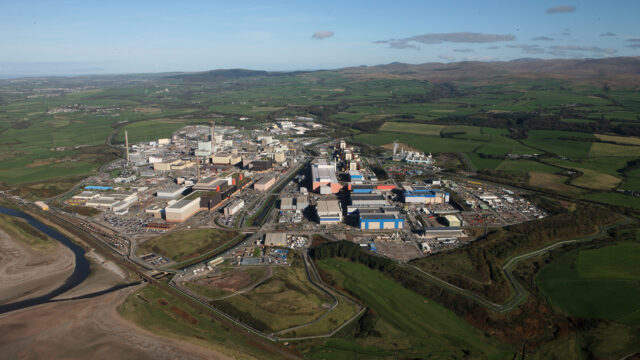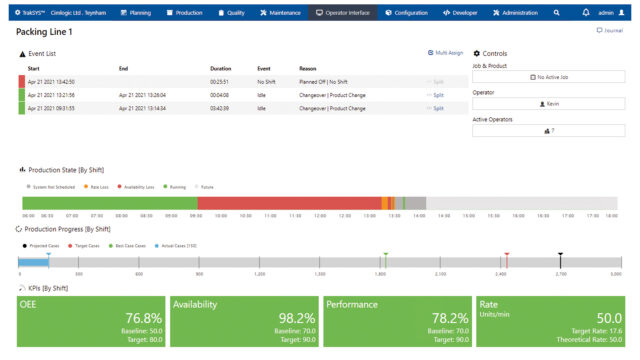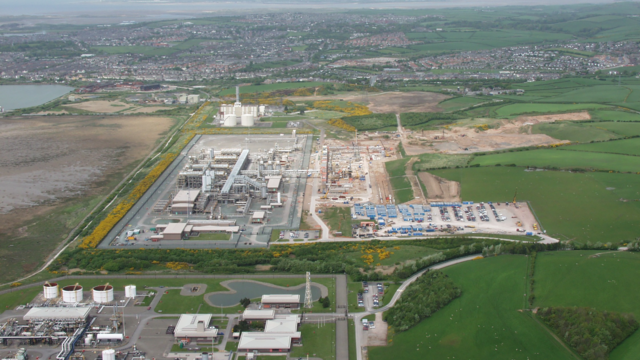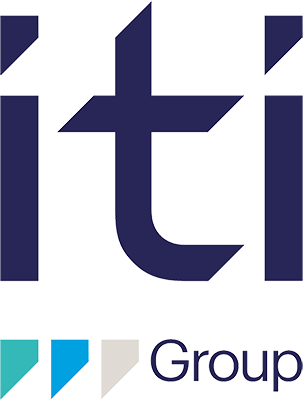
Around 150,000 different SKUs are received, stored, processed and dispatched at the centre, each with varying storage and handling characteristics; and thousands of orders are processed in a single hour.
ITI Group created a suite of simulation models to assess the performance of the various handling systems, in different layouts, under different demand scenarios, enabling M&S to determine the optimal set up for the highly complex facility, removing bottlenecks and ensuring and optimal performance, whilst balancing capital costs.
Reduced capital expenditure and optimised operating costs
Complex ‘what-if’ analysis to test scenarios in a risk-free environment
Reduced testing time and questions answered quickly
Facility performance optimised
End-customer requirements and market demand met
“The suite of FlexSim models we developed with ITI Group not only allowed us to validate our Materials Handling Equipment designs, but also to identify areas of the solution where we’d benefit from additional functionality or flexibility to react to future business requirements. We were therefore able to incorporate these changes pre-implementation, reducing our future cost risk exposure.”
Paul Watkins – Logistics Strategy and Design Workstream Lead
Mitigating risk in major business decisions
The ITI Group’s FlexSim-based simulation models mimic the complexities of the real-life facility, enabling a time-based analysis of alternative scenarios, the influential factors, and the resultant performance of the alternative proposals. This enabled M&S to fine-tune their facility design and understand whether any limitations could be identified prior to commissioning, thereby mitigating any uncertainty and risk of this major business decision.
Product complexity
Distinct types of product (including clothing, gifts, health & beauty, and home products) have different storage and handling characteristics, ranging from overhead conveyors and bar storage (for hanging
clothes for example); through belt and roller conveyors and totes/pallet storage (for boxed items), to manual handling for non-conveyable goods. This leads to a range of distinct systems within the centre that must interact, dependent on order make-up.
Order Types
The facility acts as both a combined national distribution centre and ecommerce distribution centre, with each order type being handled differently:
- Store orders typically involve large quantities of single items with different storage and picking methods, which then need to be collated by region, store and store department prior to dispatch.
- Ecommerce orders involve picking much smaller quantities, with individual items requiring specific individual packaging. Any orders combining items from different storage, handling and packaging categories introduce further complexity. Dispatch is then dependent on whether an order is store
pick-up (meaning orders must be collated by store), or home delivery (whereby they must be sent to a third party courier service), all within dispatch deadlines to meet customer expectations.
The model identifies any delays or disturbances in workflows to allow M&S to address them and so meet these demands.
Knock-on effects
The ITI Group’s suite of simulation models represents the various systems in the internal supply chain, from goods in to dispatch, and enable M&S to understand how each performs both individually and holistically.
Where relevant, the output from one simulation model was used to generate the work profile for the downstream simulation model, in order to identify and mitigate knock on effects between the various areas.
The models covered:
- Goods In (Hanging, Boxed, Manual)
- Boxed High Bay Storage (Palletisation, Storage, Depalletisation)
- Boxed Mini Load & Pick Preparation (Carton Storage, Tote Preparation)
- Tote Picking System (Carousel Storage, Pick Stations)
- Order Tote Buffering
- Manual Storage (Oversized items, ‘Uglies’)
- Manual Picking
- Hanging Conveyors (Block Building, Transportation)
- Hanging High Bay Storage
- Hanging Manual Storage (Manual storage and picking)
- Hanging Dynamic Storage (Automated Picking)
- Hanging Consolidation (sorting by orders)
- Ecom Order Packing (different pack types and order types)
- NDC Dispatch
- Ecom Dispatch
- Cross Docking
- Vehicle Loading
True data for accurate analysis
ITI Group then developed a front end which combined SKU product details, initial stock positions, detailed order profiles and facility configuration parameters. The models were run with true data extracted from a company database, whilst the front end allowed the number of workstations, activity durations and speeds to be varied.
This enabled M&S to stress-test different facility configurations and collect detailed results on each aspect of performance, presented as pivot tables and charts to facilitate detailed analysis of performance against CAPEX by M&S logistics specialists.
Visualisation for Stakeholder buy-in
In addition to the quantitative results which determine the fastest routing around the facility, the visual representation provided by the simulation models helps M&S to understand the underlying factors behind the performance.
The animated screen makes use of 3D icons to represent the equipment, workstations and products, providing a spectacular communication medium for all stakeholders involved in designing and working in the facility. Users are able to watch the different products flowing along the conveyors and through the various processes, as well as view the impact of any build back of orders, items or packages to be shipped.
This provides an enhanced understanding of how the system will perform in real life and more confidence in the final, agreed solution.
How we’ve helped other businesses like yours

Sellafield FGMSP Digital Twin and 3D Planning Tool
ITI Group worked with Sellafield to create a digital twin of the FGMSP, plus an integrated 3D interactive planning tool, to determine the most effective sequences for waste removal based on a myriad of interdependencies.

Purity Soft Drinks Achieved Efficiency Improvements of 20%
Leading soft drinks manufacturer achieves OEE efficiency gains and data insight to drive continuous improvement from real-time OEE platform.

Spirit Energy Digital Transformation
After just one year of collaborating with ITI Group on their Digital Transformation programme, Spirit Energy are already seeing the benefits of a properly managed data solution.
How can we help you?


